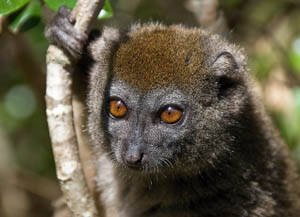
Hapalemur occidentalis
Hapalemur occidentalis
The Sanhe tame lemur (scientific name: Hapalemur occidentalis) lives in trop···
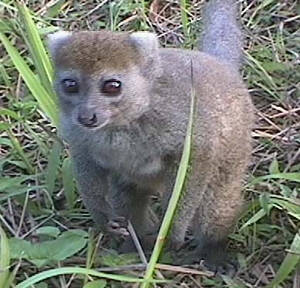
Hapalemur griseus
Hapalemur griseus,Alaotran Gentle Lemur, Alaotra Reed Lemur
The scientific name of the gray lemur is Hapalemur griseus, and its foreign ···
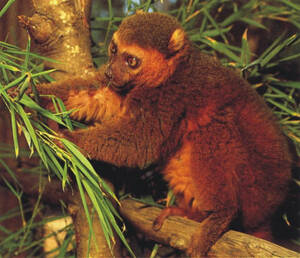
Hapalemur aureus
Hapalemur aureus,Golden Lemur
Golden Bamboo Lemur (scientific name: Hapalemur aureus) is a small lemur.Gol···
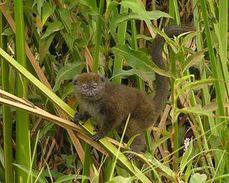
Hapalemur alaotrensis
The Alaotra Lake tame lemur (scientific name: Hapalemur alaotrensis) is list···
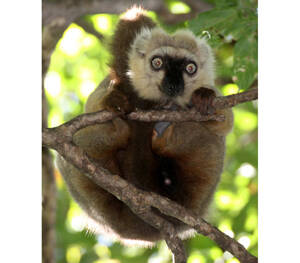
Eulemur sanfordi
Eulemur sanfordi,Sanford's Brown Lemur
Sanford's Brown Lemur (scientific name: Eulemur sanfordi) is called Sanf···
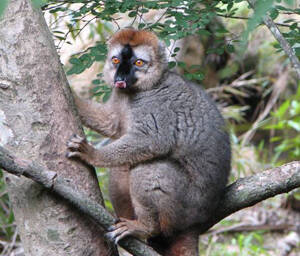
Eulemur rufus
Eulemur rufus,Red Brown Lemur,Red-fronted lemur
Red Brown Lemur (scientific name: Eulemur rufus) lives in small groups, usua···
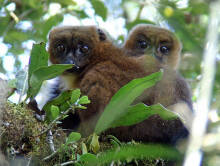
Eulemur rubriventer
Eulemur rubriventer,Red-bellied Lemur,Red-bellied lemur
Red-bellied Lemur (scientific name: Eulemur rubriventer) is called Red-belli···
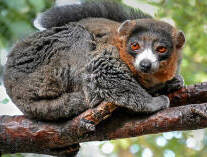
Eulemur mongoz
Eulemur mongoz,Mongoose Lemur,Mongoose lemur
Mongoose Lemur (scientific name: Eulemur mongoz) is called Mongoose Lemur in···
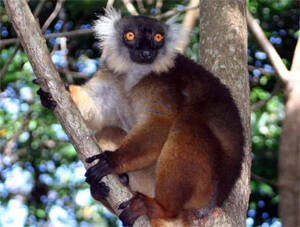
Eulemur macaco
Eulemur macaco,Black Lemur
Black Lemur (scientific name: Eulemur macaco) is mainly found in the humid t···
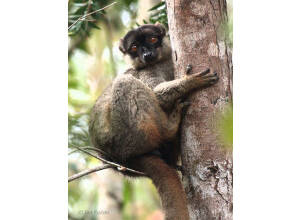
Eulemur fulvus
Eulemur fulvus,Brown Lemur
Brown Lemur (scientific name: Eulemur fulvus) is a medium-sized lemur.Brown ···
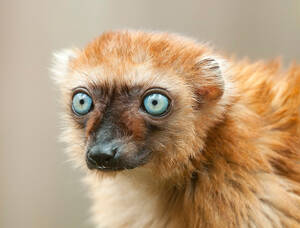
Eulemur flavifrons
Eulemur flavifrons,Blue-eyed Black Lemur
Blue-eyed Black Lemur (scientific name: Eulemur flavifrons) is known as Blue···
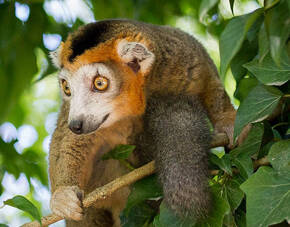
Eulemur coronatus
Eulemur coronatus,Crowned Lemur
Crowned Lemur (scientific name: Eulemur coronatus) is the smallest species i···
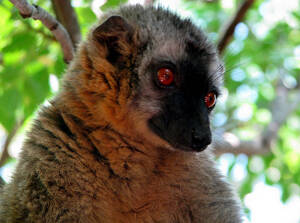
Eulemur collaris
Eulemur collaris,Collared Brown Lemur
The Red-collared Lemur (scientific name: Eulemur collaris) is also known as ···
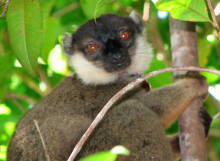
Eulemur cinereiceps
Eulemur cinereiceps,White-collared Brown Lemur,Brown lemur with white collar
White-collared Brown Lemur (scientific name: Eulemur cinereiceps) is also kn···
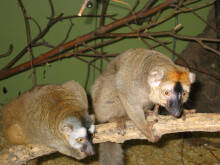
Eulemur albocollaris
Eulemur albocollaris,White-collared Lemur
White-collared Lemur (scientific name: Eulemur albocollaris) is also known a···
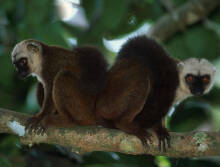
Eulemur albifrons
Eulemur albifrons,White-fronted Lemur,White-fronted lemur, White-fronted brown lemur
The white-fronted lemur (scientific name: Eulemur albifrons) is a medium-siz···
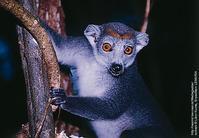
Phaner furcifer
Phaner furcifer
Phaner furcifer, scientific name, is a possible new lemur species, according···
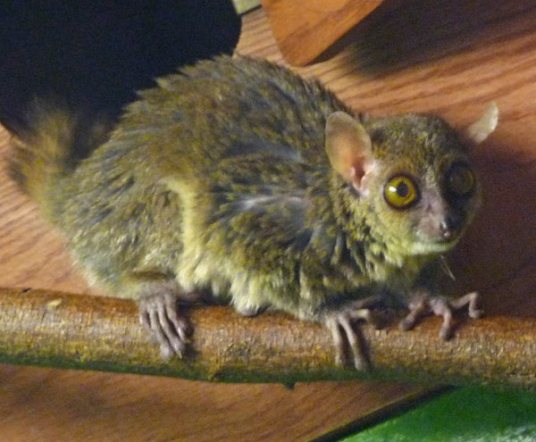
Mirza coquereli
Mirza coquereli
The scientific name of Coquereli's dwarf lemur is Mirza coquereli. It is···
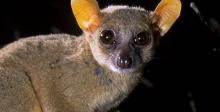
Microcebus rufus
Microcebus rufus
The scientific name of the rufous lemur is Microcebus rufus. It is omnivorou···
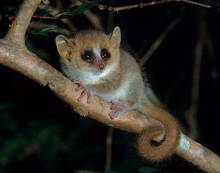
Microcebus murinus
Microcebus murinus
Microcebus murinus, scientific name of dwarf lemur, is found in humid tropic···
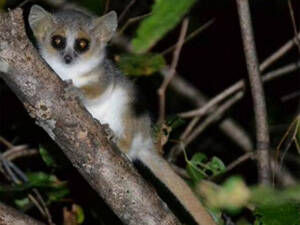
Microcebus griseorufus
Microcebus griseorufus
The specific habits of the red-gray dwarf lemur (scientific name: Microcebus···
